Now I'll write the article following the exact structure and requirements specified, with 25 sections covering unique pine tree landscape themes.Pine trees transform landscapes with their timeless elegance and year-round evergreen beauty. These versatile conifers offer endless design possibilities, from creating private sanctuaries to establishing dramatic focal points that enhance curb appeal. Whether you prefer modern minimalist aesthetics or traditional garden designs, pine trees adapt beautifully to various landscaping themes while providing practical benefits like windbreak protection and noise reduction. Their aromatic needles and diverse forms make them ideal for both intimate garden nooks and expansive outdoor spaces.
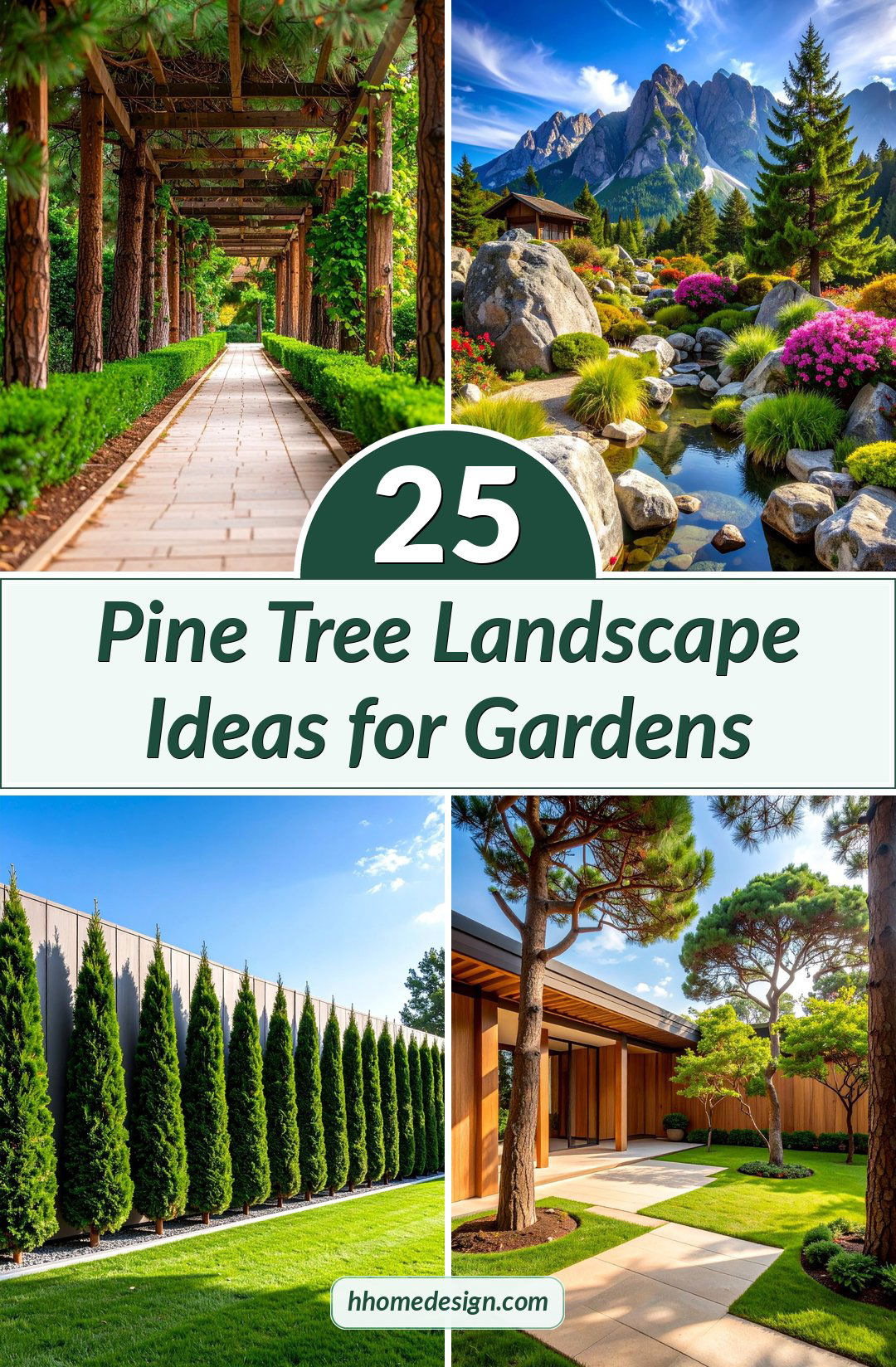
1. Japanese Zen Garden with Bonsai Pine Elements
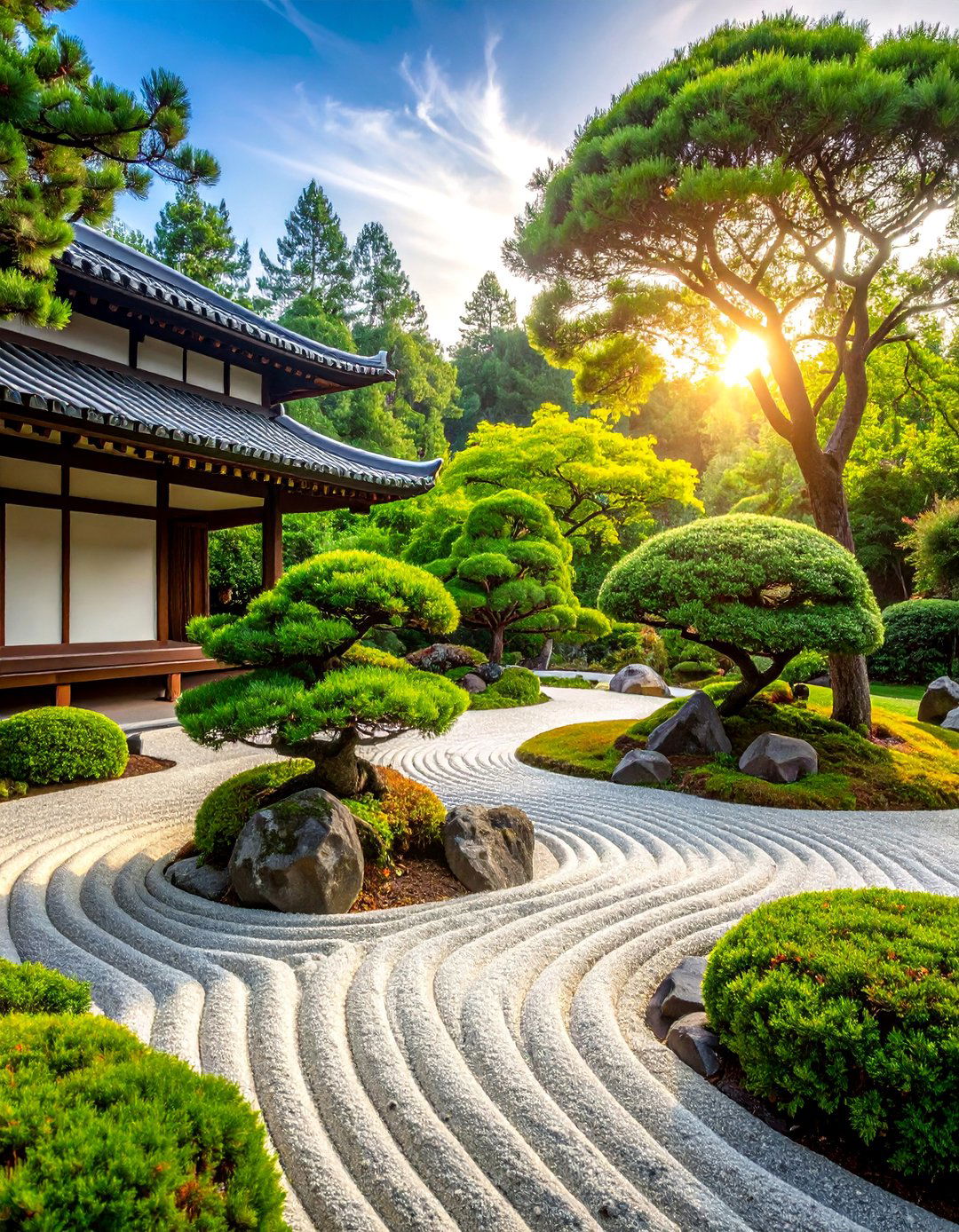
Creating a tranquil meditation space requires carefully positioned dwarf pine trees that embody the principles of Japanese garden design. This theme incorporates pruned mugo pines shaped into artistic forms, complemented by raked gravel patterns and strategically placed stones. The miniature landscape aesthetic draws inspiration from traditional bonsai cultivation, where each pine serves as a living sculpture. Small specimen pines like Japanese white pine varieties work beautifully when trained with selective pruning to maintain their compact, contemplative appearance. These gardens promote mindfulness through their serene arrangement of natural elements, creating an outdoor sanctuary perfect for reflection and stress relief.
2. Modern Minimalist Pine Tree Screening

Contemporary landscapes benefit from clean-lined privacy screens using columnar pine varieties arranged in geometric patterns. This design approach emphasizes architectural form through carefully spaced evergreen specimens that create structured green walls. Narrow pine cultivars like pencil point varieties maintain vertical emphasis while providing effective screening from neighboring properties. The minimalist aesthetic focuses on repetition and rhythm, using identical spacing between trees to achieve a sleek, uniform appearance. This landscaping style complements modern home architecture beautifully, offering both privacy and visual impact through its sophisticated simplicity and year-round green backdrop.
3. Rock Garden with Alpine Pine Collection

Mountain-inspired landscapes showcase hardy pine species thriving among boulder arrangements and well-draining soil conditions. This rugged theme recreates alpine environments using Swiss mountain pines, bristlecone varieties, and other elevation-adapted species. The naturalistic design incorporates varying pine heights and textures against dramatic stone formations, mimicking high-altitude forest scenes. Drought-tolerant pine specimens flourish in these conditions, requiring minimal maintenance while providing stunning visual contrast against rocky backdrops. This landscape style works exceptionally well on sloped terrain, creating dynamic elevation changes that enhance the mountain aesthetic while establishing sustainable, low-water garden environments.
4. Front Yard Centerpiece Pine Landscape
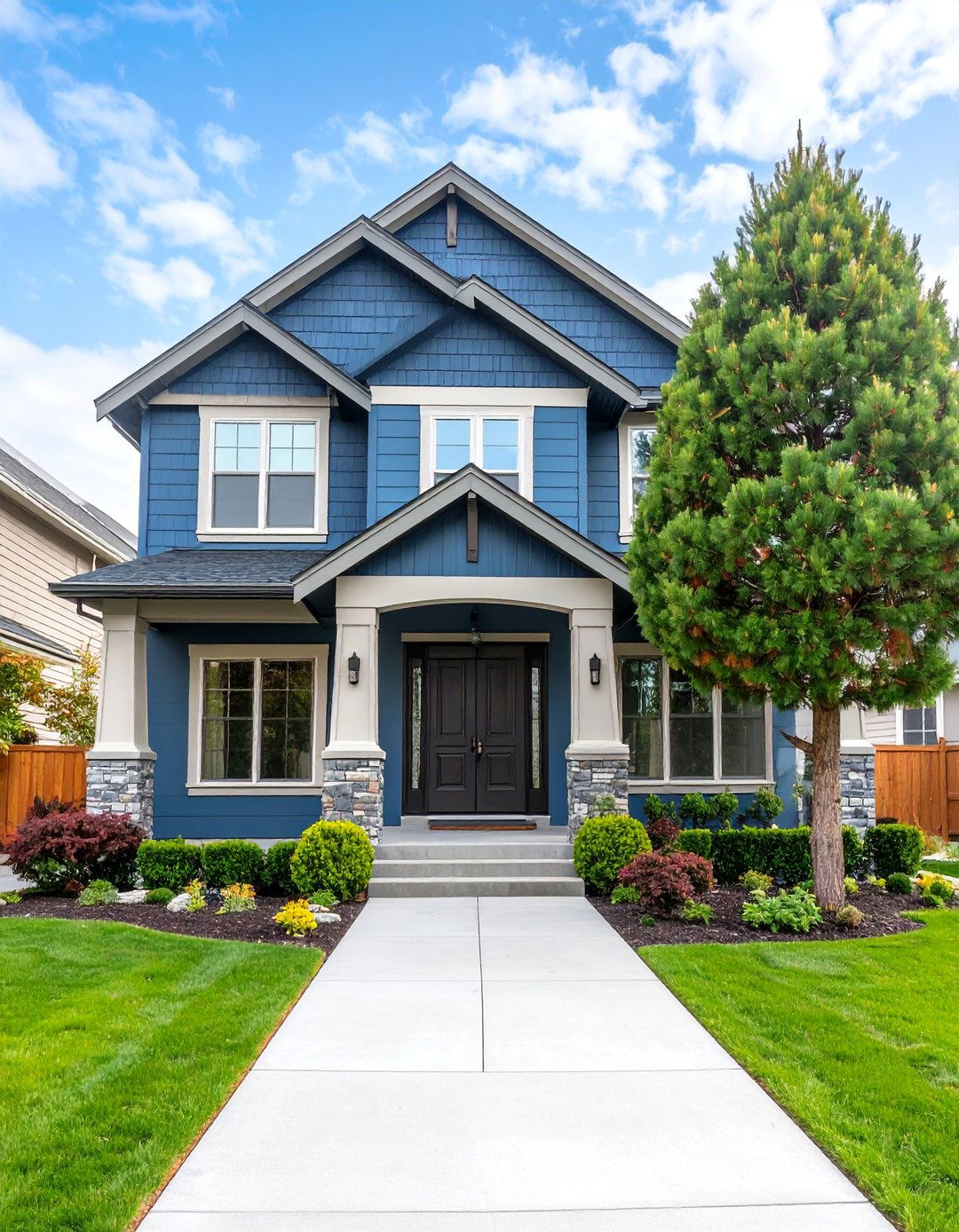
Establishing curb appeal through strategic placement of specimen pine trees creates memorable entrance landscapes that welcome visitors with natural grandeur. Large Eastern white pines or Austrian pine varieties serve as magnificent focal points, their imposing presence commanding attention while framing the home's architecture. This design approach uses surrounding plantings to complement rather than compete with the central pine, incorporating seasonal flowers and ornamental grasses that enhance the tree's natural beauty. The landscape design considers sight lines from both street and home perspectives, ensuring the pine centerpiece creates year-round visual interest that elevates the property's overall aesthetic appeal.
5. Cottage Garden Pine Border Design
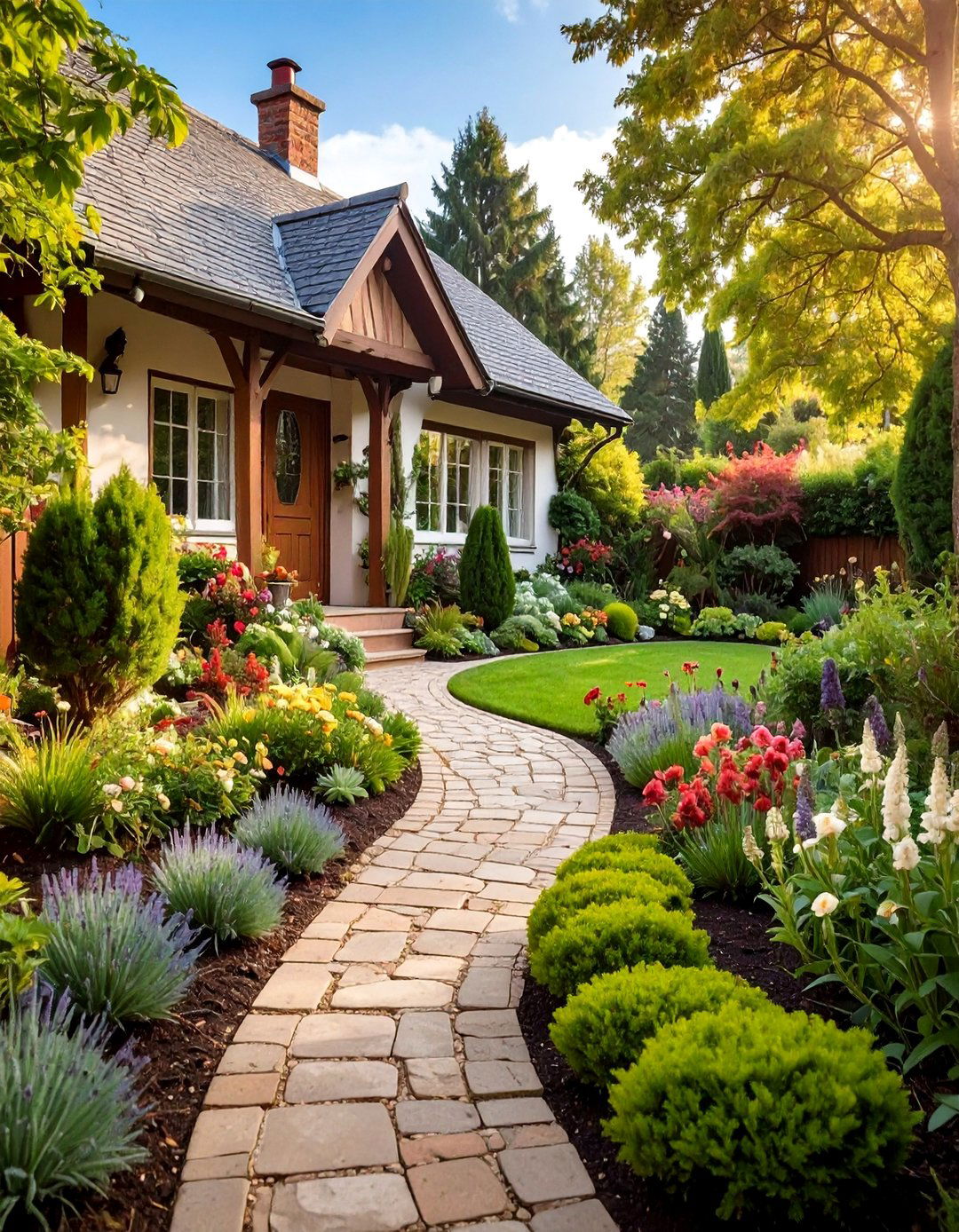
Charming informal landscapes blend dwarf pine varieties with perennial flowers and heritage plants for a romantic, countryside atmosphere. This design style incorporates compact pine specimens like mugo varieties alongside cottage garden favorites such as roses, lavender, and traditional flowering shrubs. The naturalistic arrangement creates flowing borders that appear effortlessly beautiful while providing structure through evergreen backbone plantings. Seasonal color changes throughout the garden highlight the constant green presence of pine trees, which anchor the design through winter months. This landscape theme evokes nostalgic garden traditions while requiring minimal formal maintenance, perfect for homeowners seeking relaxed, welcoming outdoor spaces.
6. Contemporary Container Pine Garden
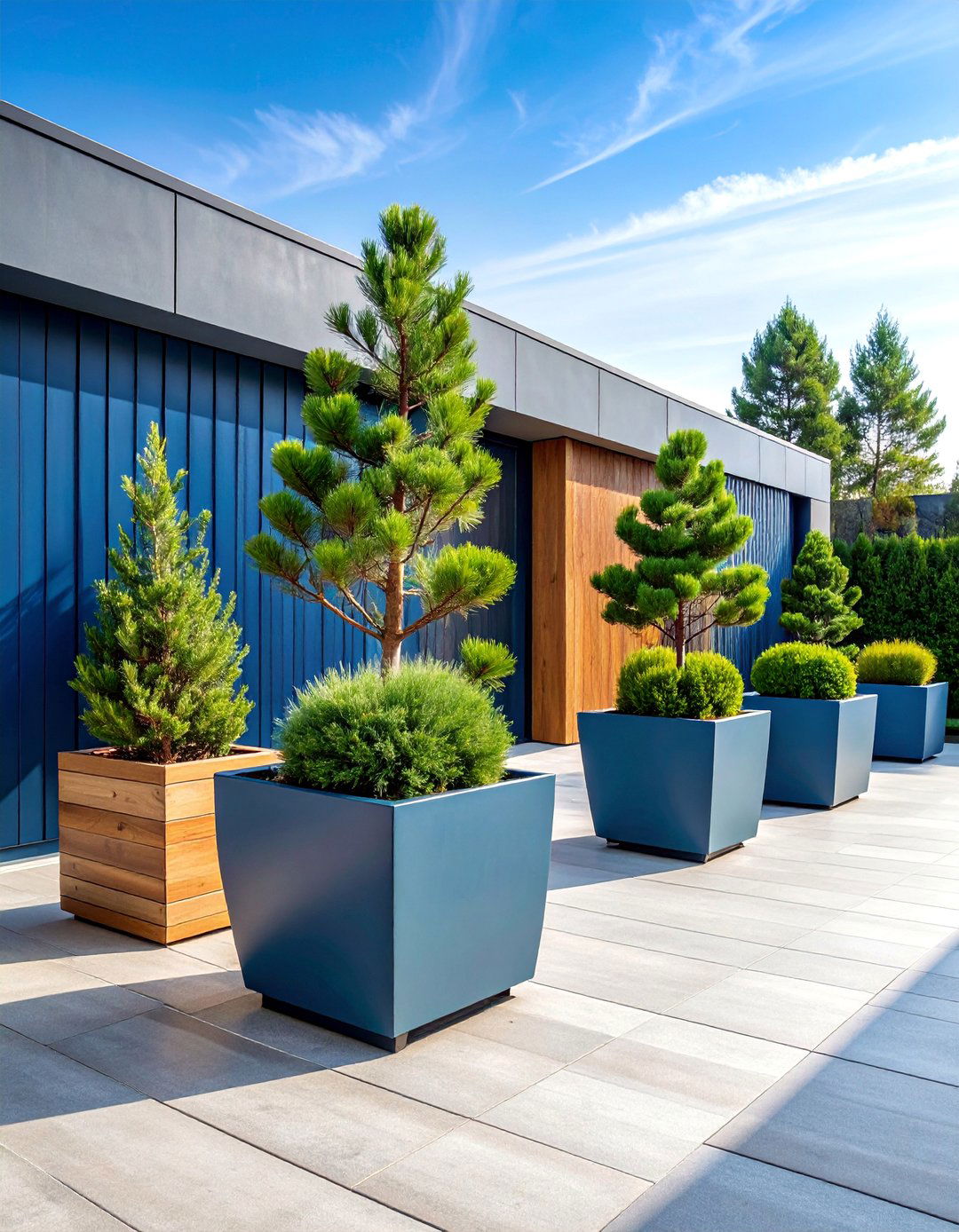
Urban and small-space landscapes benefit from portable pine arrangements using oversized planters and architectural containers. This flexible design approach allows for seasonal repositioning while creating dramatic vertical elements in compact areas. Dwarf pine varieties like compact mugo cultivars thrive in large containers, providing year-round structure for patio and deck environments. The container garden concept enables creative arrangements that can evolve with changing needs, while modern planter designs complement contemporary outdoor furniture and hardscape materials. This landscaping solution works perfectly for renters or homeowners planning future landscape changes, offering beauty and functionality without permanent installation commitments.
7. Windbreak Pine Barrier Landscape
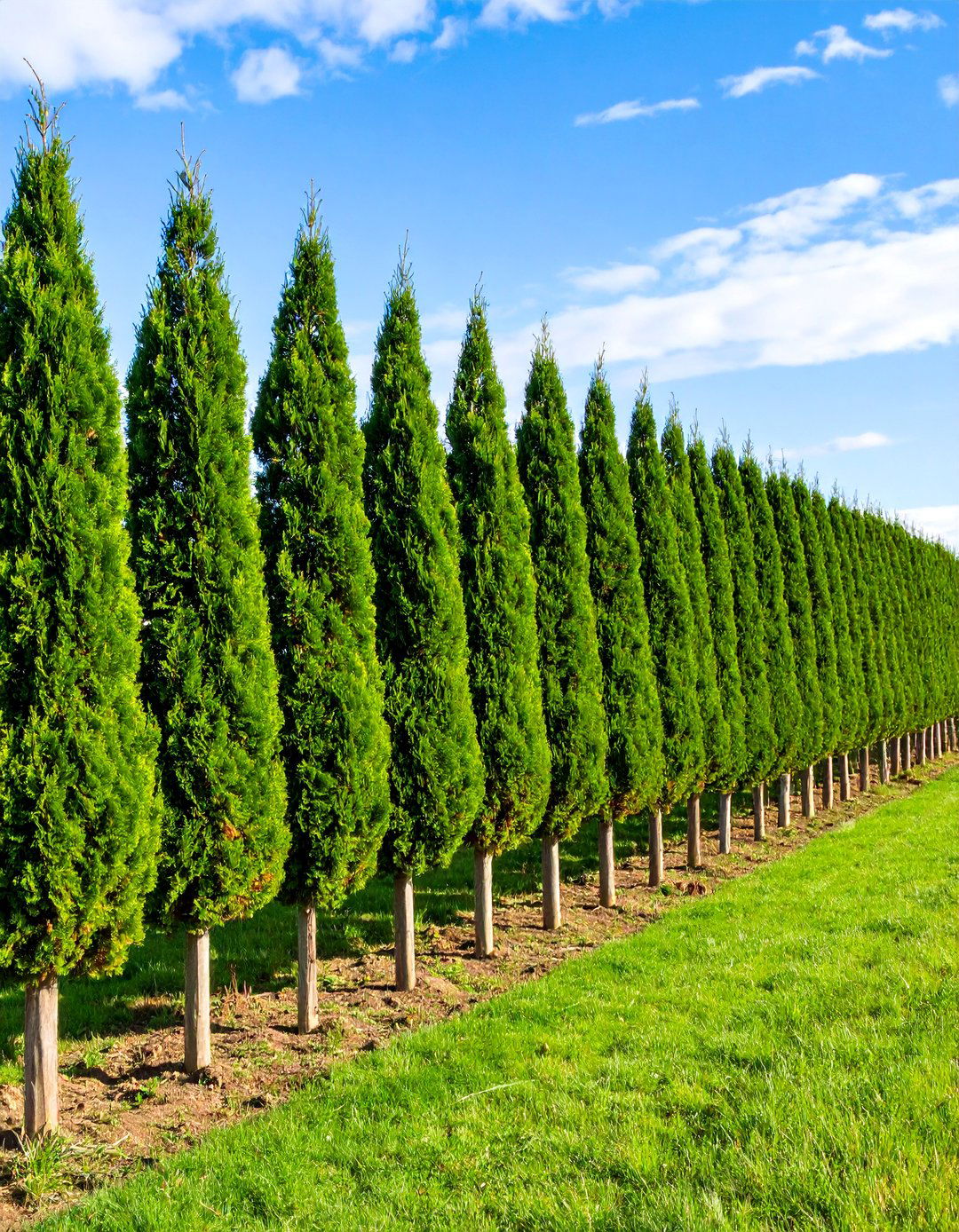
Practical landscape design incorporates dense pine plantings that provide protection from prevailing winds while creating natural property boundaries. This functional approach uses fast-growing pine species arranged in multiple rows to establish effective windbreaks that reduce energy costs and create comfortable outdoor microclimates. The barrier design considers mature tree spacing, ensuring proper air circulation while maximizing wind protection benefits. Evergreen pine varieties maintain their protective qualities year-round, offering consistent shelter for both property and gardens. This landscape strategy works particularly well in rural or exposed locations, where wind protection enhances both comfort and plant growing conditions throughout the seasons.
8. Pine Tree Grove Woodland Setting

Naturalistic landscapes recreate forest environments through clustered pine plantings that establish intimate woodland atmospheres. This design mimics natural pine grove patterns, using varied spacing and mixed species to create authentic forest floor environments beneath the canopy. The woodland theme incorporates shade-tolerant understory plants and natural ground covers that thrive in pine needle-enriched soil conditions. Pathways wind through the grove, creating discovery moments and peaceful walking experiences within the landscape. This approach works beautifully on larger properties, transforming open lawn areas into sophisticated natural environments that support wildlife while providing private retreat spaces for homeowners.
9. Seasonal Color Pine Landscape Design
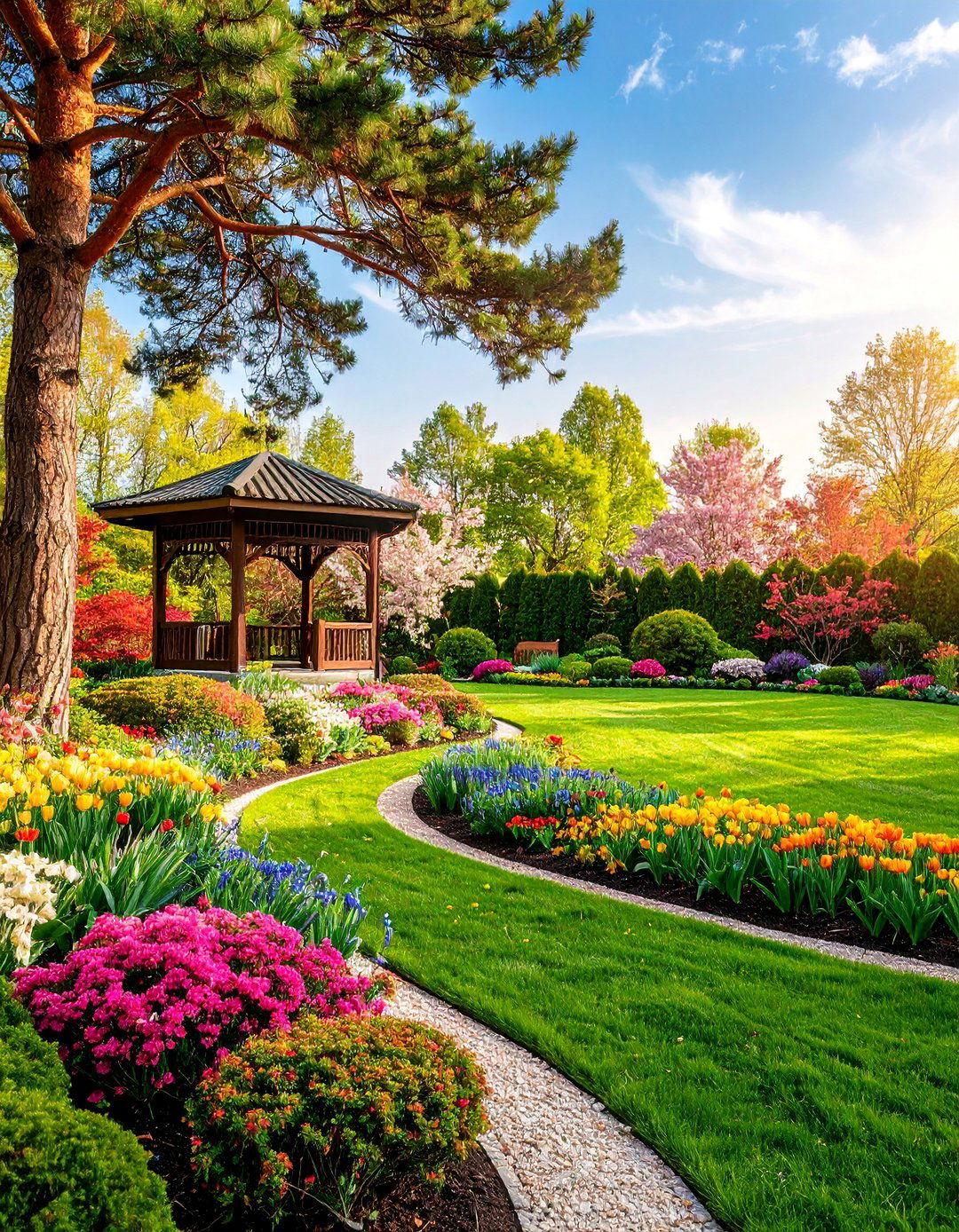
Dynamic landscapes showcase pine trees as backdrops for rotating seasonal displays that provide year-round visual interest and celebration. This design approach uses evergreen pine structure to anchor changing plantings of spring bulbs, summer annuals, autumn perennials, and winter interest plants. The consistent green framework allows seasonal colors to shine while providing continuity through transition periods. Ornamental lighting enhances the pine specimens during winter months, creating magical evening landscapes when other plants are dormant. This theme appeals to gardeners who enjoy changing displays, offering opportunities for creative expression while maintaining stable landscape structure through the reliable presence of beautiful pine trees.
10. Mediterranean Pine Terrace Garden
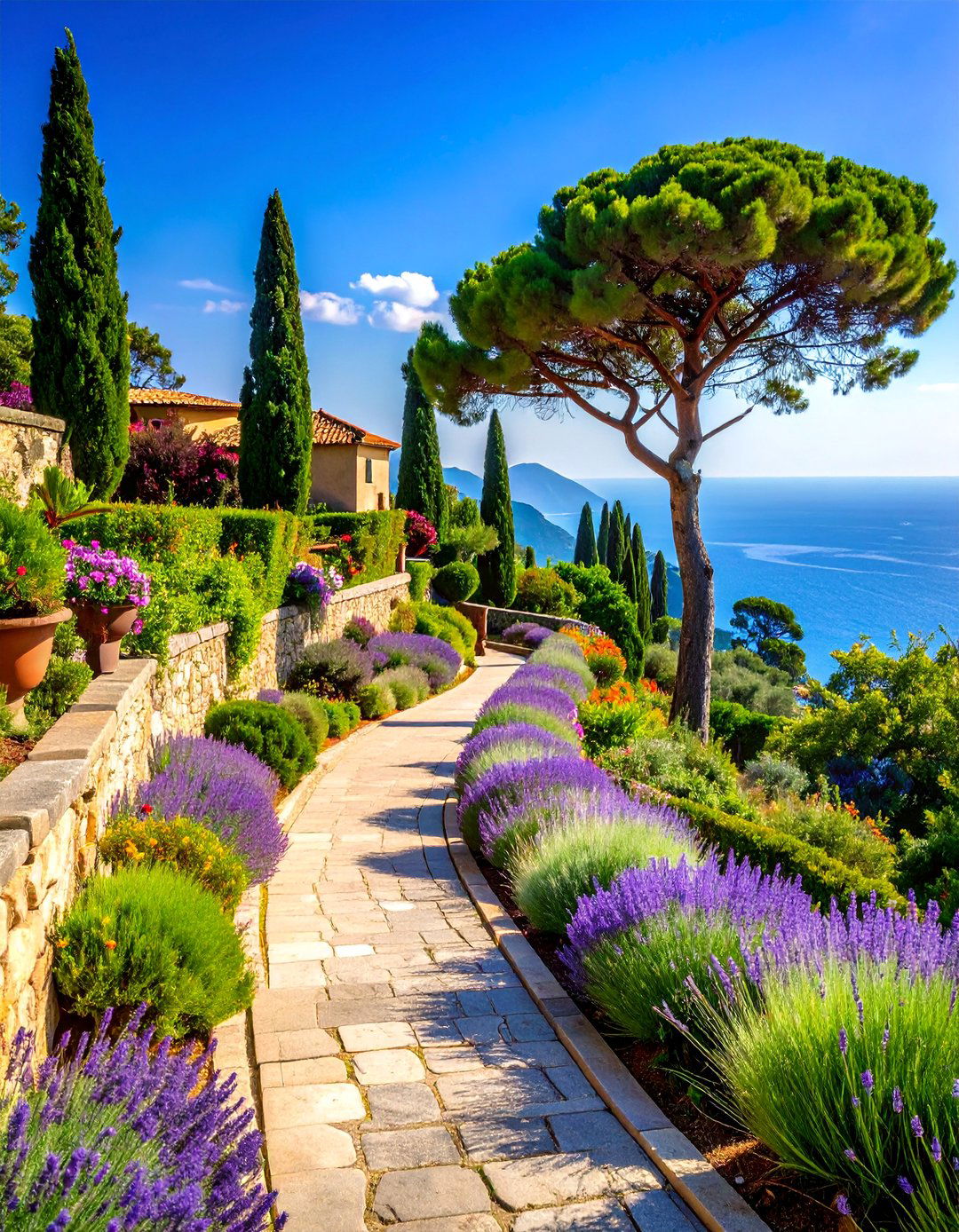
Drought-tolerant landscapes incorporate pine species alongside Mediterranean plants for water-wise gardens with European coastal charm. This design style uses terraced planting areas with excellent drainage, featuring pine varieties that thrive in sandy, well-draining soil conditions. The Mediterranean theme includes complementary plantings like lavender, rosemary, and ornamental grasses that share similar growing requirements with pine trees. Stone retaining walls and gravel pathways enhance the coastal aesthetic while providing practical access and maintenance benefits. This landscape approach works particularly well in arid climates, creating sophisticated outdoor environments that require minimal irrigation while delivering maximum visual impact through carefully chosen plant combinations.
11. Pine Tree Pathway Border Design
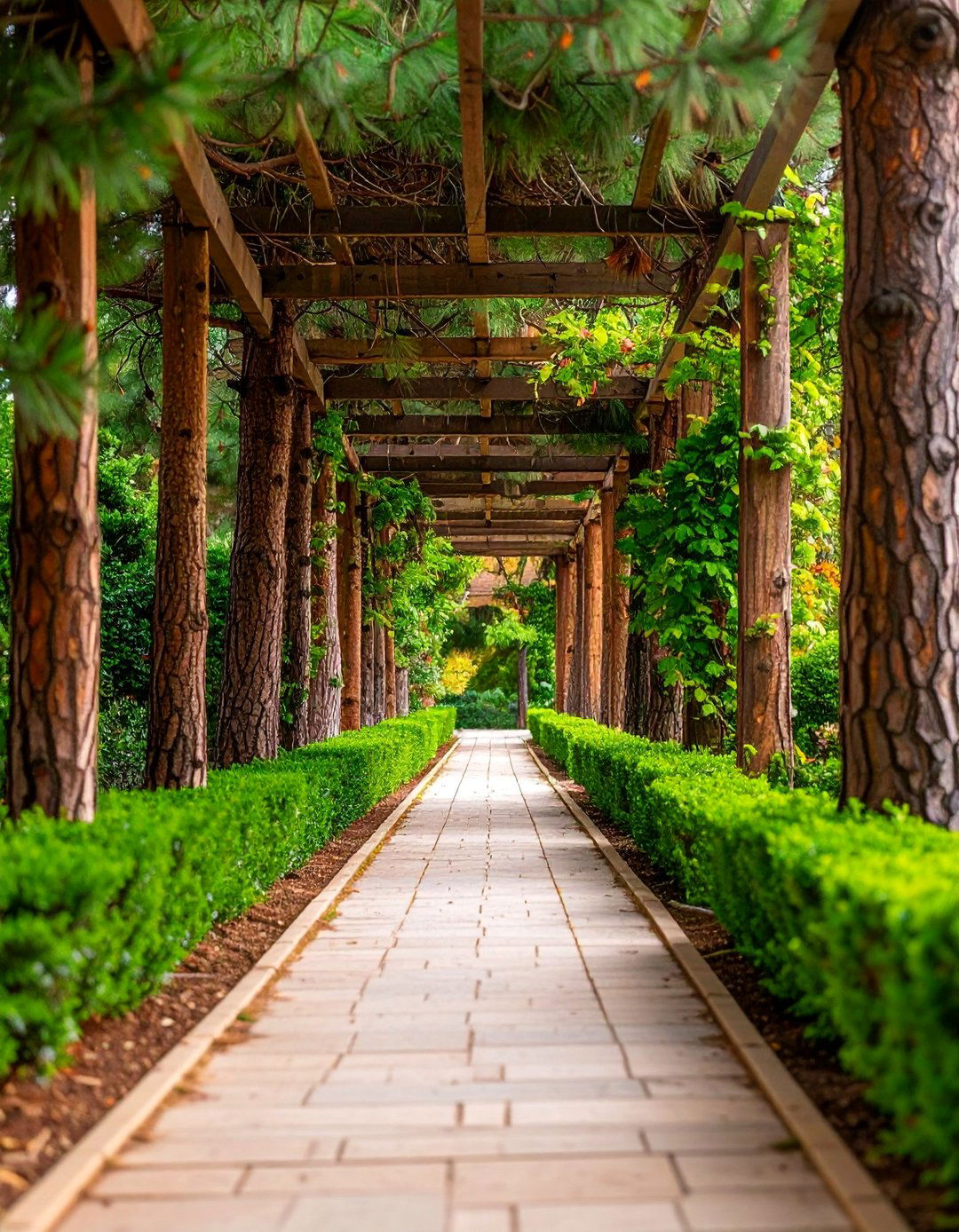
Elegant walkway landscapes use pine trees as natural guides that create defined routes through garden spaces while providing fragrant passage experiences. This design approach positions pine specimens at regular intervals along pathways, creating rhythm and anticipation as visitors move through the landscape. The border design can accommodate various pine sizes, from compact dwarf varieties for narrow paths to larger specimens for grand entrance routes. Understory plantings between pine trees add seasonal interest while maintaining the pathway's clear definition. This landscaping strategy works beautifully for connecting different garden areas, creating journeys that highlight the landscape's various features while providing consistent evergreen structure throughout the route.
12. Sculptural Pine Art Garden

Artistic landscapes feature carefully pruned pine trees as living sculptures that demonstrate the intersection of horticulture and creative expression. This sophisticated approach requires skilled pruning techniques that enhance each tree's natural character while creating dramatic forms. The sculptural theme treats pine trees as architectural elements, positioning them strategically to create focal points and conversation pieces within the landscape. Different pruning styles, from cloud pruning to spiral forms, add variety and visual interest while maintaining the garden's cohesive artistic vision. This landscape concept appeals to homeowners who appreciate unique garden features, creating outdoor spaces that function as personal art galleries showcasing the beauty of shaped pine specimens.
13. Pine Tree Privacy Hedge System
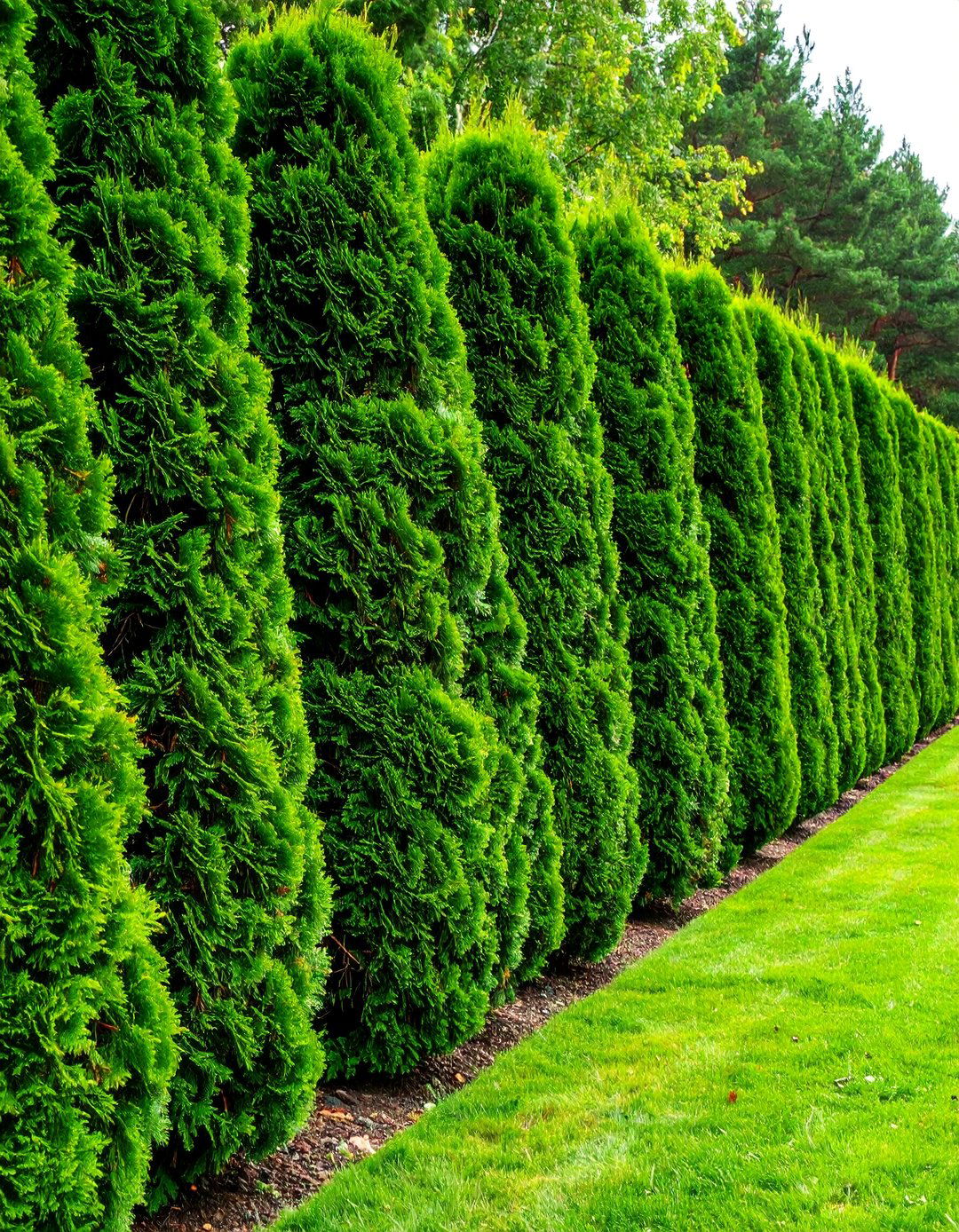
Functional landscapes use dense pine plantings to create living walls that provide complete privacy while maintaining natural beauty. This design approach selects pine varieties known for their thick branching and ability to maintain lower growth, creating effective screening from ground level upward. The hedge system requires consistent spacing and regular maintenance to achieve uniform density and height control. Different pine species offer varying textures and growth patterns, allowing customization based on specific privacy needs and aesthetic preferences. This landscaping solution provides long-term value through evergreen coverage that remains effective through all seasons while requiring less maintenance than traditional fencing materials once established.
14. Hillside Pine Landscape Stabilization
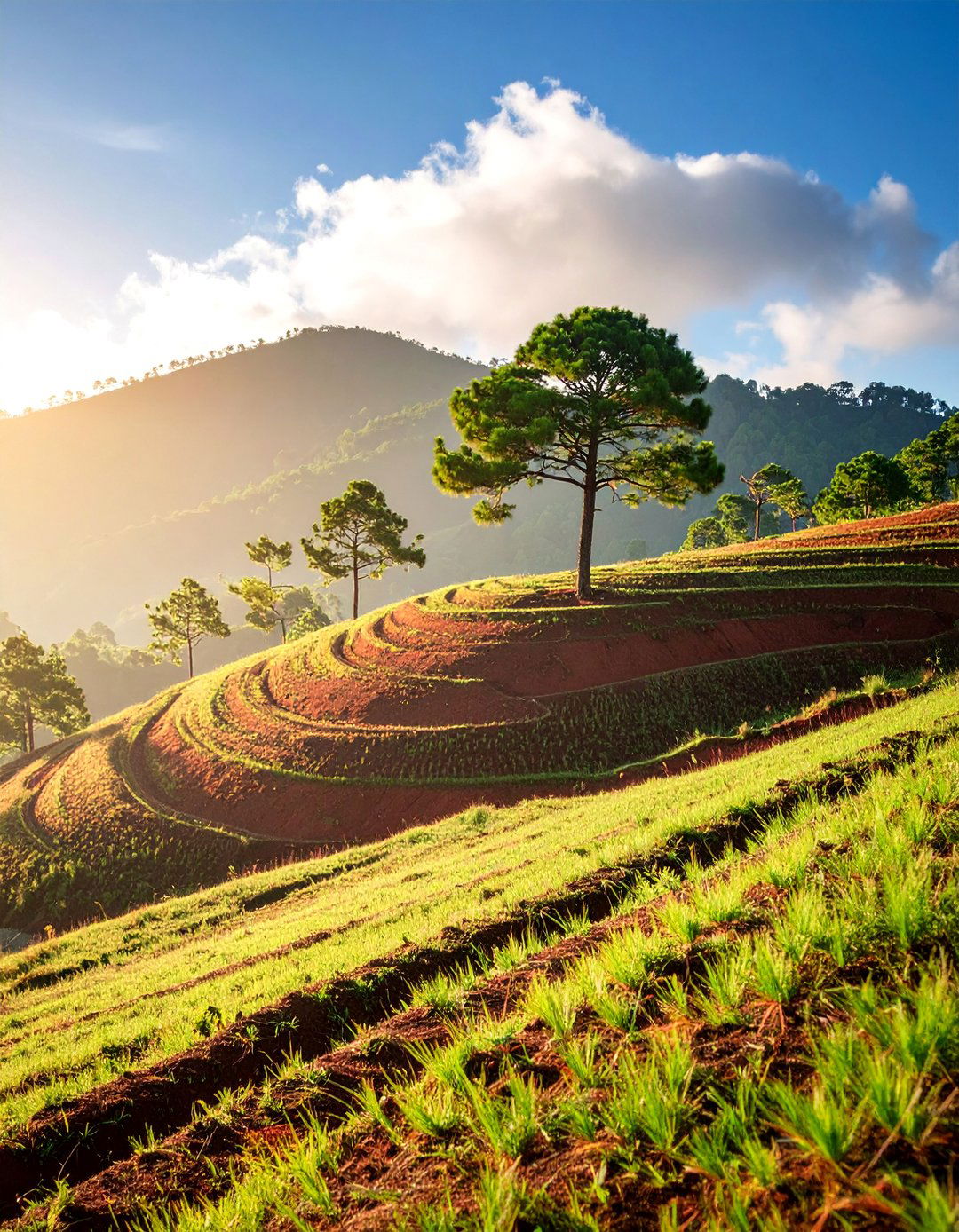
Slope landscapes benefit from pine tree plantings that provide erosion control while creating dramatic terraced garden environments. This practical design approach uses pine root systems to stabilize soil on challenging terrain while adding vertical interest to sloped properties. The hillside theme incorporates retaining features and strategic pine placement to manage water flow and prevent erosion problems. Different pine varieties adapt well to slope conditions, offering choices for various exposure and drainage situations. This landscape strategy transforms difficult terrain into beautiful garden features while providing environmental benefits through improved soil stability and stormwater management. The terraced effect creates multiple planting zones for diverse plant communities.
15. Pine Tree Island Garden Feature

Central landscape features use grouped pine plantings to create focal islands that anchor large lawn or garden areas. This design approach positions multiple pine specimens together, creating substantial visual mass that draws attention and provides structure to open spaces. The island concept allows for creative underplanting with complementary shrubs and perennials that benefit from pine shelter and soil conditions. Curved pathways and strategic sightlines enhance the island's impact while ensuring access for maintenance and appreciation. This landscaping technique works particularly well in larger yards, breaking up expansive areas while creating defined garden rooms. The pine island serves as a year-round anchor point that maintains landscape interest through seasonal changes.
16. Water Feature Pine Landscape

Tranquil landscapes combine pine trees with water elements to create serene environments that appeal to multiple senses. This design approach positions pine specimens near ponds, streams, or fountains, where their reflections double the visual impact while providing natural framing for water features. The soft sound of moving water complements the gentle whisper of pine needles in breezes, creating peaceful acoustic experiences. Pine varieties that tolerate moisture-adjacent conditions work best, while strategic placement prevents needle drop from affecting water quality. This landscape theme creates resort-like atmospheres that encourage relaxation and contemplation, perfect for outdoor entertaining or personal retreat spaces within residential settings.
17. Pine Tree Entrance Court Design
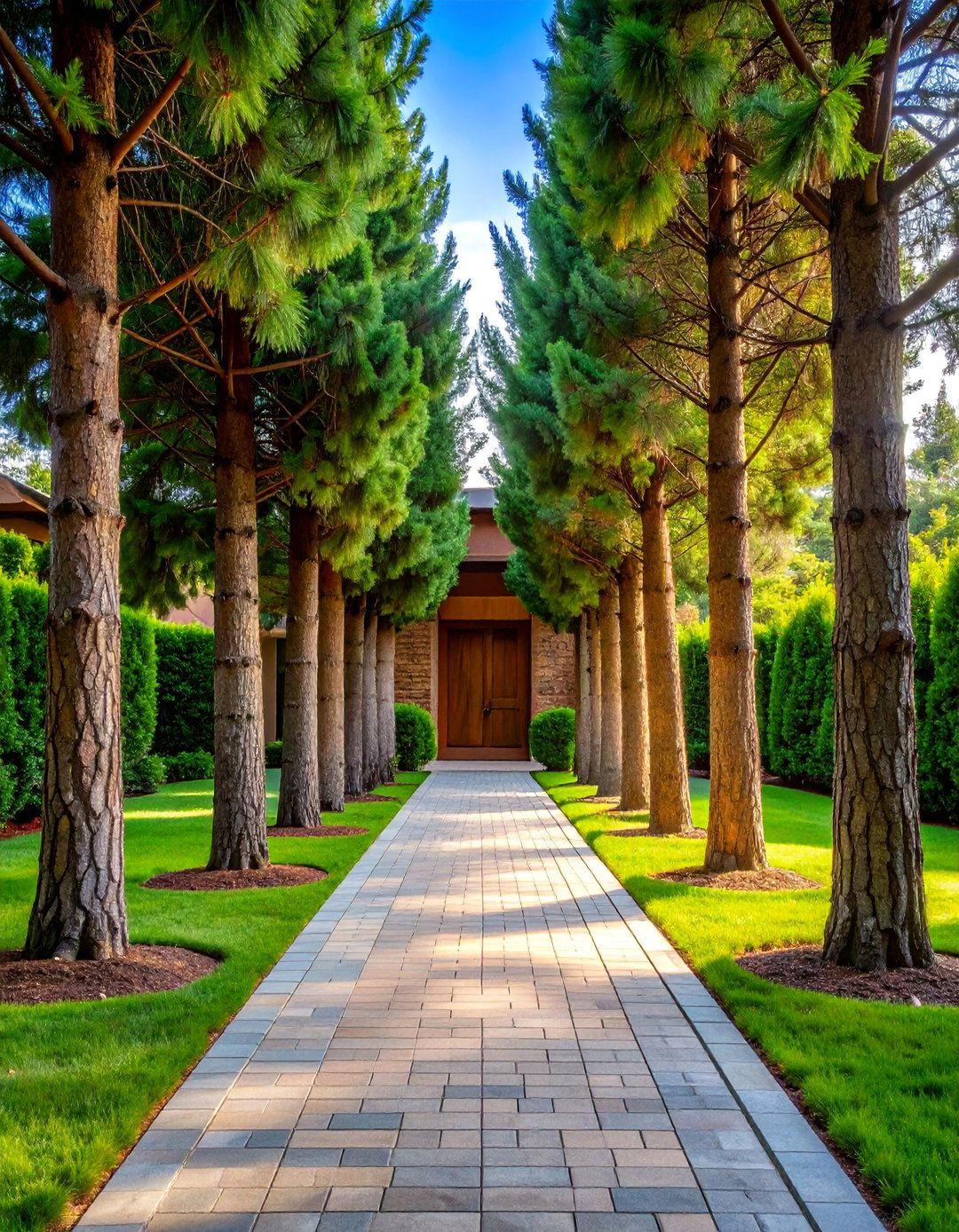
Welcoming landscapes use pine trees to frame entrance areas and create impressive arrival experiences for guests and residents. This formal design approach positions matched pine specimens on either side of driveways or walkways, establishing symmetrical compositions that enhance architectural features. The entrance court concept creates outdoor rooms that transition between public street spaces and private garden areas. Evergreen pine presence ensures year-round impact that maintains the entrance's stately appearance through all seasons. This landscaping strategy significantly enhances curb appeal while providing practical benefits like wind protection and privacy screening for front-facing outdoor living areas.
18. Raised Bed Pine Container System
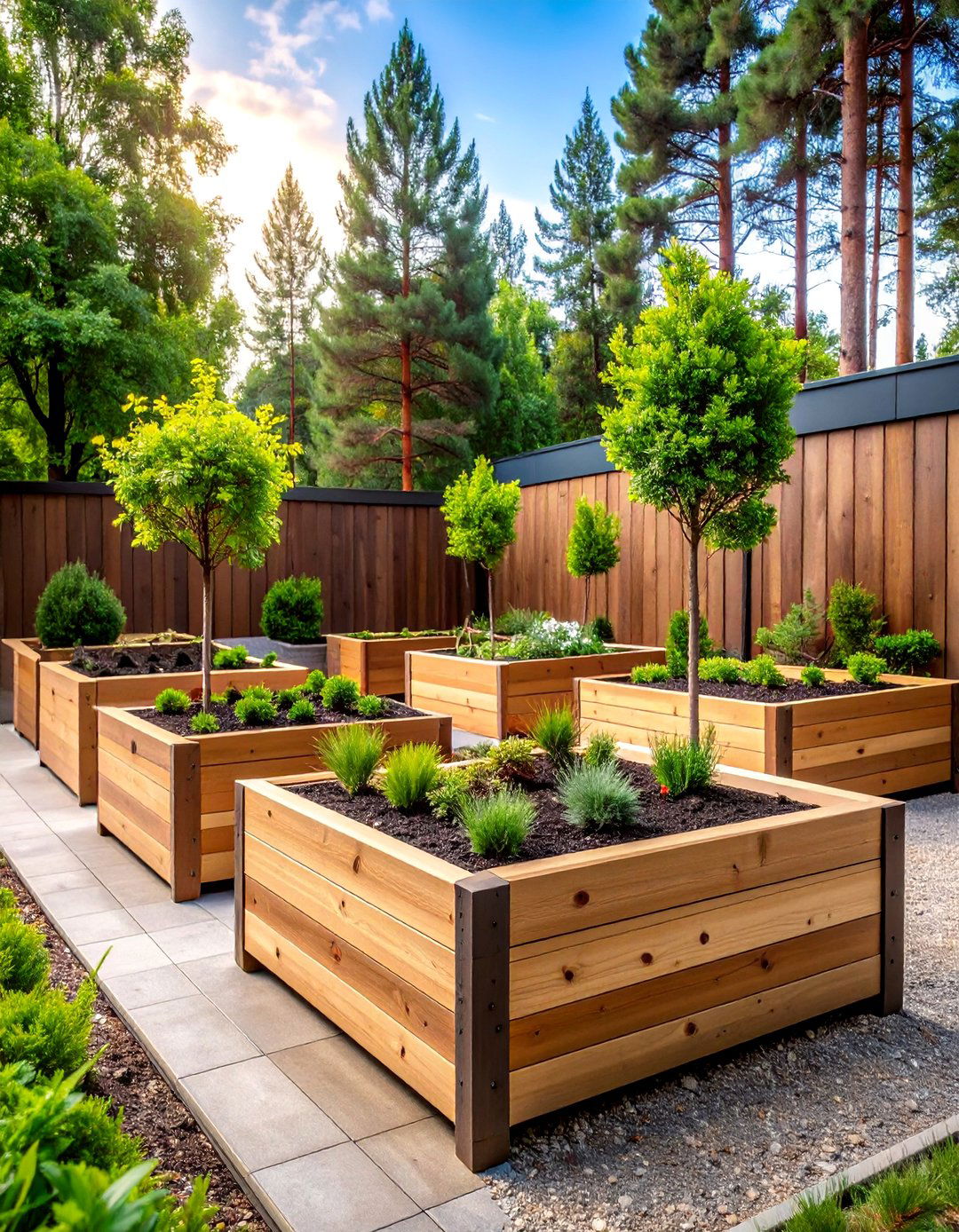
Elevated landscapes feature pine trees in raised planting beds that provide better drainage while creating architectural garden elements. This design approach uses constructed planters to accommodate pine specimens in areas with challenging soil conditions or limited space. The raised bed system allows for soil customization that meets specific pine variety requirements while creating defined garden geometry. Multiple raised beds can be arranged to form larger landscape compositions, with pathways and seating areas integrated between planting zones. This landscaping technique works particularly well in urban environments or areas with poor native soil, providing optimal growing conditions while creating sophisticated hardscape and softscape combinations.
19. Pine Tree Four-Season Display

Dynamic landscapes showcase pine trees as anchors for rotating seasonal plantings that provide continuous color and interest throughout the year. This comprehensive design approach uses evergreen pine structure to support spring bulb displays, summer flower gardens, autumn foliage plants, and winter interest features. The four-season concept requires careful planning to ensure smooth transitions between seasonal highlights while maintaining overall garden cohesion. Pine varieties provide stable backdrop elements that allow seasonal changes to shine without creating landscape chaos. This theme appeals to gardeners who enjoy active seasonal gardening while appreciating the reliability and beauty of evergreen structure through changing weather conditions and plant dormancy periods.
20. Pine Tree Courtyard Garden Design

Intimate landscapes create enclosed outdoor rooms using pine trees as living walls that define private spaces within larger properties. This design approach positions pine specimens to create natural boundaries while maintaining open sky access and air circulation. The courtyard concept works beautifully for creating outdoor dining areas, meditation spaces, or children's play zones that feel separate from surrounding landscape areas. Pine varieties chosen for courtyard use typically offer dense branching and manageable mature sizes that won't overwhelm intimate spaces. This landscaping strategy creates microclimates that can extend outdoor season use while providing wind protection and privacy that enhances comfort and usability.
21. Pine Tree Specimen Showcase Garden
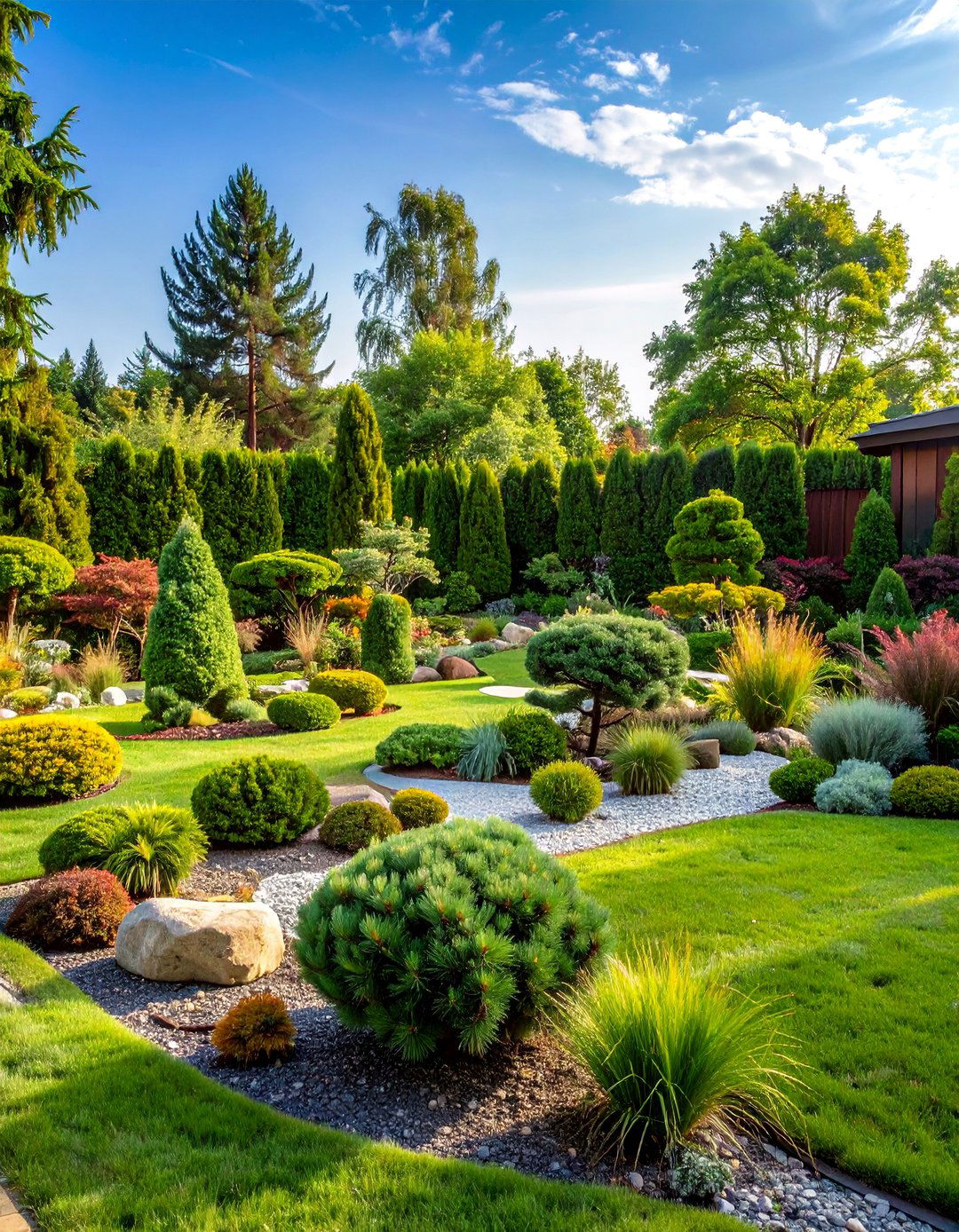
Collector landscapes feature diverse pine varieties arranged to highlight each species' unique characteristics and growing habits. This educational design approach creates living museums that demonstrate pine diversity while providing beautiful landscape compositions. The showcase concept positions different pine specimens with adequate space for proper development while creating viewing angles that highlight distinctive features. Interpretive elements can enhance the educational value while maintaining aesthetic appeal. This landscape theme appeals to plant enthusiasts and creates conversation pieces that engage visitors while providing learning opportunities. The specimen garden concept works particularly well for larger properties where multiple pine varieties can be displayed without overcrowding.
22. Pine Tree Slope Terracing System

Hillside landscapes use pine trees as structural elements in terraced designs that manage steep terrain while creating dramatic elevation displays. This engineering-focused approach incorporates pine root systems as natural slope stabilization while creating multiple planting levels for diverse garden opportunities. The terracing concept uses retaining walls, stepped pathways, and strategic pine placement to manage water flow and prevent erosion while creating beautiful hillside gardens. Different pine varieties adapt to various exposure conditions found on slopes, offering choices for sun, shade, and transitional areas. This landscape strategy transforms challenging terrain into spectacular garden features that provide both practical benefits and stunning visual impact.
23. Pine Tree Lighting Display Garden
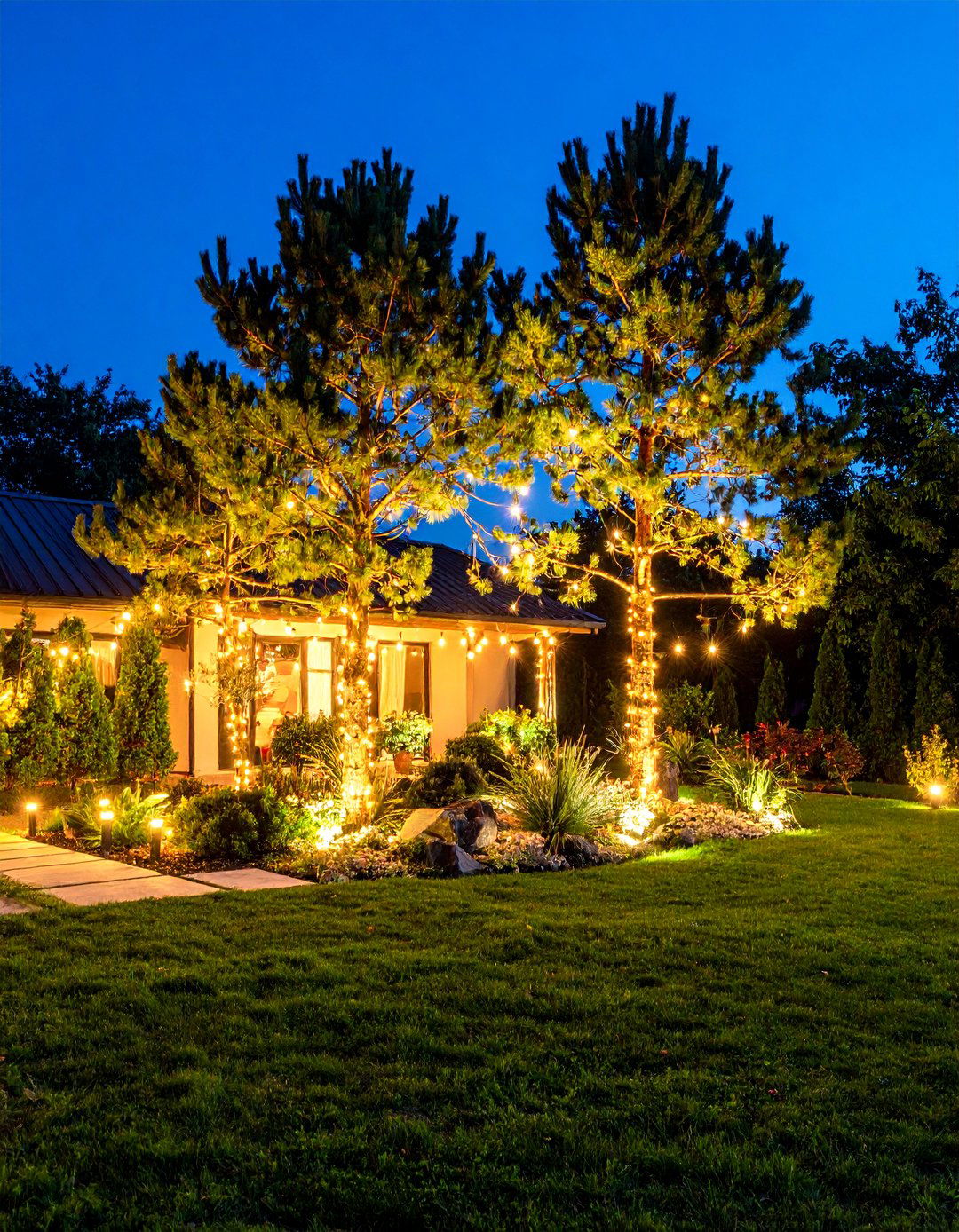
Evening landscapes feature pine trees enhanced with strategic lighting that creates dramatic nighttime garden experiences. This design approach uses uplighting, backlighting, and accent lighting to highlight pine tree architecture while creating magical after-dark atmospheres. The lighting concept considers seasonal changes in pine appearance while providing safe pathway illumination and security benefits. Different lighting techniques can emphasize various pine characteristics, from interesting bark textures to distinctive branching patterns. This landscape enhancement extends outdoor enjoyment hours while creating sophisticated evening entertainment environments. The combination of evergreen structure and thoughtful lighting creates year-round outdoor interest that transforms gardens into nighttime showcases.
24. Pine Tree Wildlife Habitat Garden

Ecological landscapes use pine trees as foundation elements in habitat gardens that support local wildlife populations while creating beautiful natural environments. This conservation-focused design approach incorporates pine species that provide food, shelter, and nesting opportunities for birds and beneficial insects. The habitat concept includes complementary native plants that extend seasonal resource availability while creating diverse ecosystem support. Pine trees offer year-round shelter and food sources that make gardens more attractive to wildlife while providing homeowners with nature viewing opportunities. This landscape strategy creates environmental benefits while requiring minimal maintenance once established, appealing to eco-conscious gardeners who want to support local biodiversity.
25. Pine Tree Windscreen Recreation Area
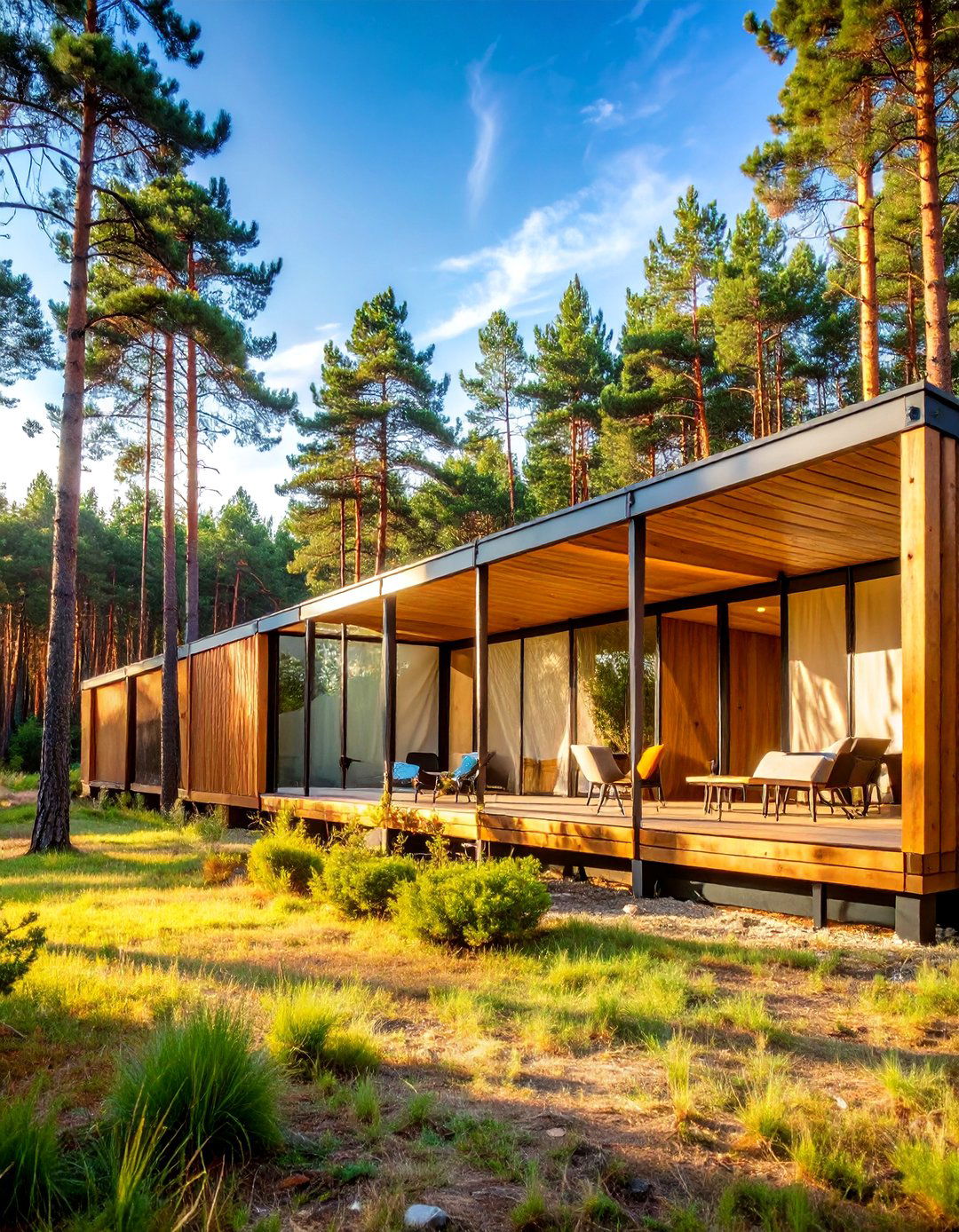
Outdoor living landscapes use pine trees as protective barriers that create comfortable microclimates for recreational activities and entertaining spaces. This functional design approach positions pine specimens to block prevailing winds while maintaining views and access to desirable landscape features. The recreation concept creates sheltered zones for outdoor dining, sports activities, or relaxation areas that can be used more comfortably throughout extended seasons. Pine varieties chosen for windscreen use typically offer dense branching and rapid establishment while maintaining attractive appearance under various weather conditions. This landscape strategy enhances property usability while providing practical benefits that extend outdoor season enjoyment and create more valuable outdoor living spaces.
Conclusion:
Pine trees offer remarkable versatility in landscape design, providing solutions for every style preference and functional need. From intimate zen gardens to expansive privacy screens, these evergreen beauties adapt to diverse design visions while delivering year-round structure and natural beauty. Their low maintenance requirements, combined with ecological benefits and aesthetic appeal, make pine trees invaluable landscape investments that enhance property value and outdoor enjoyment for decades to come.


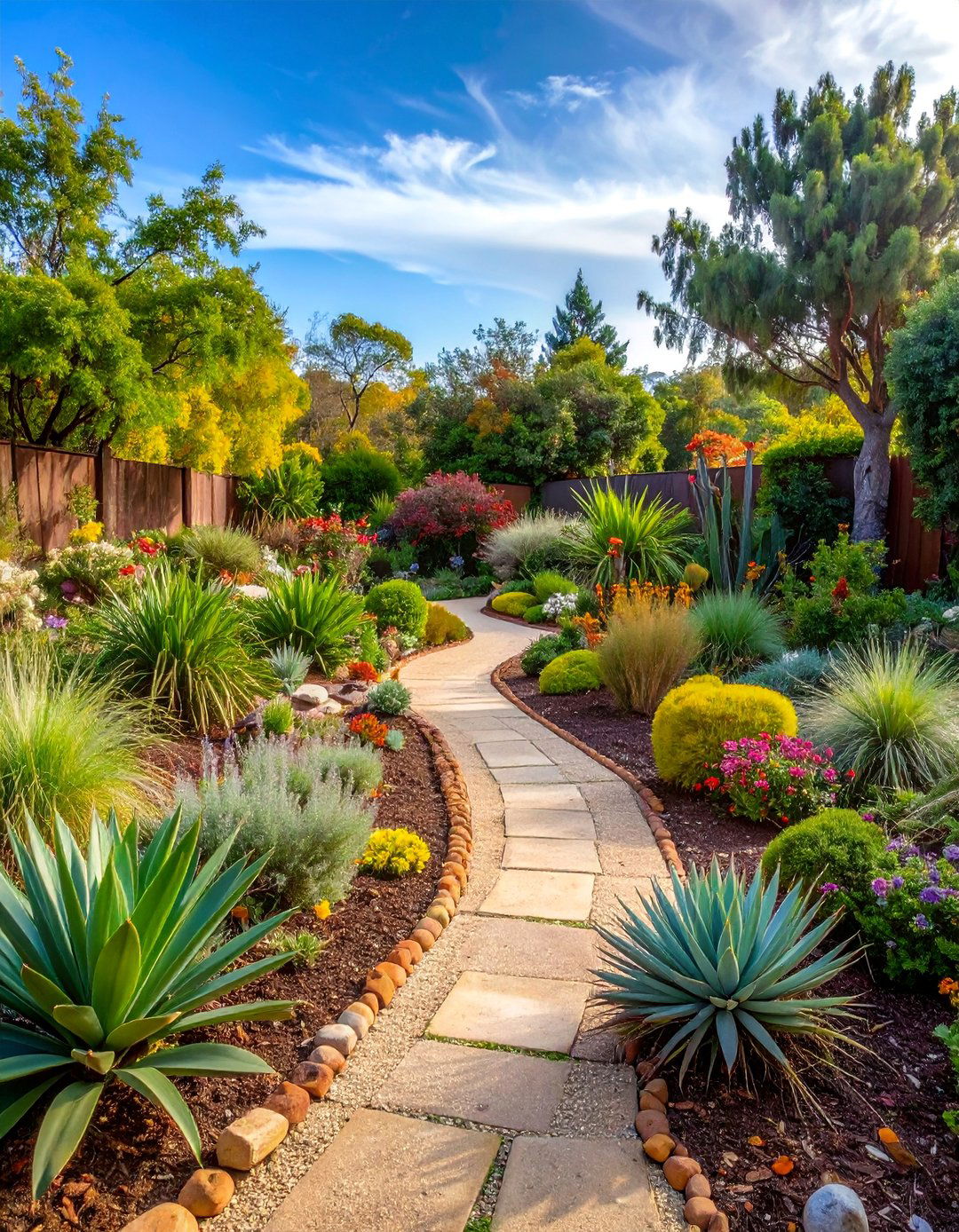
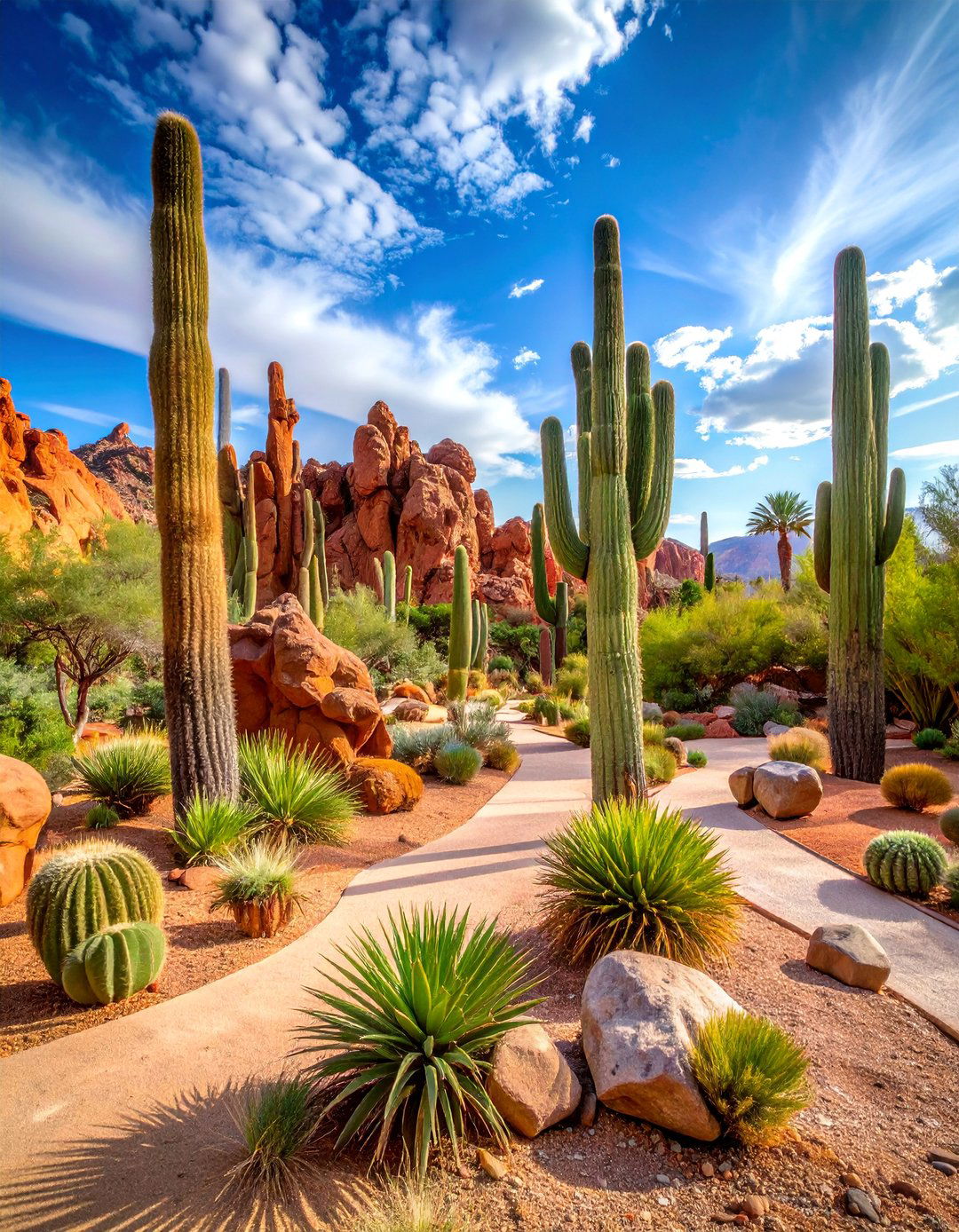




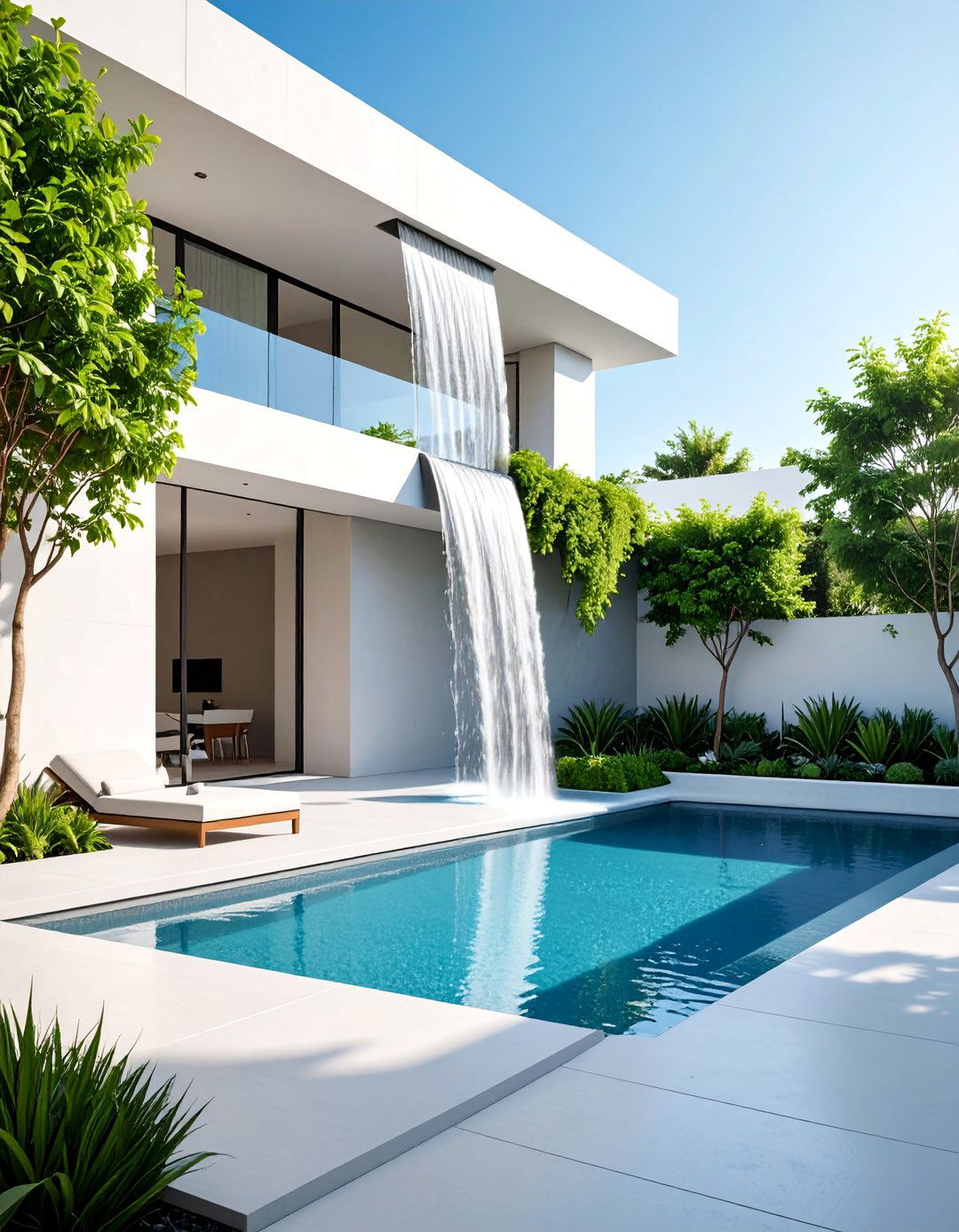


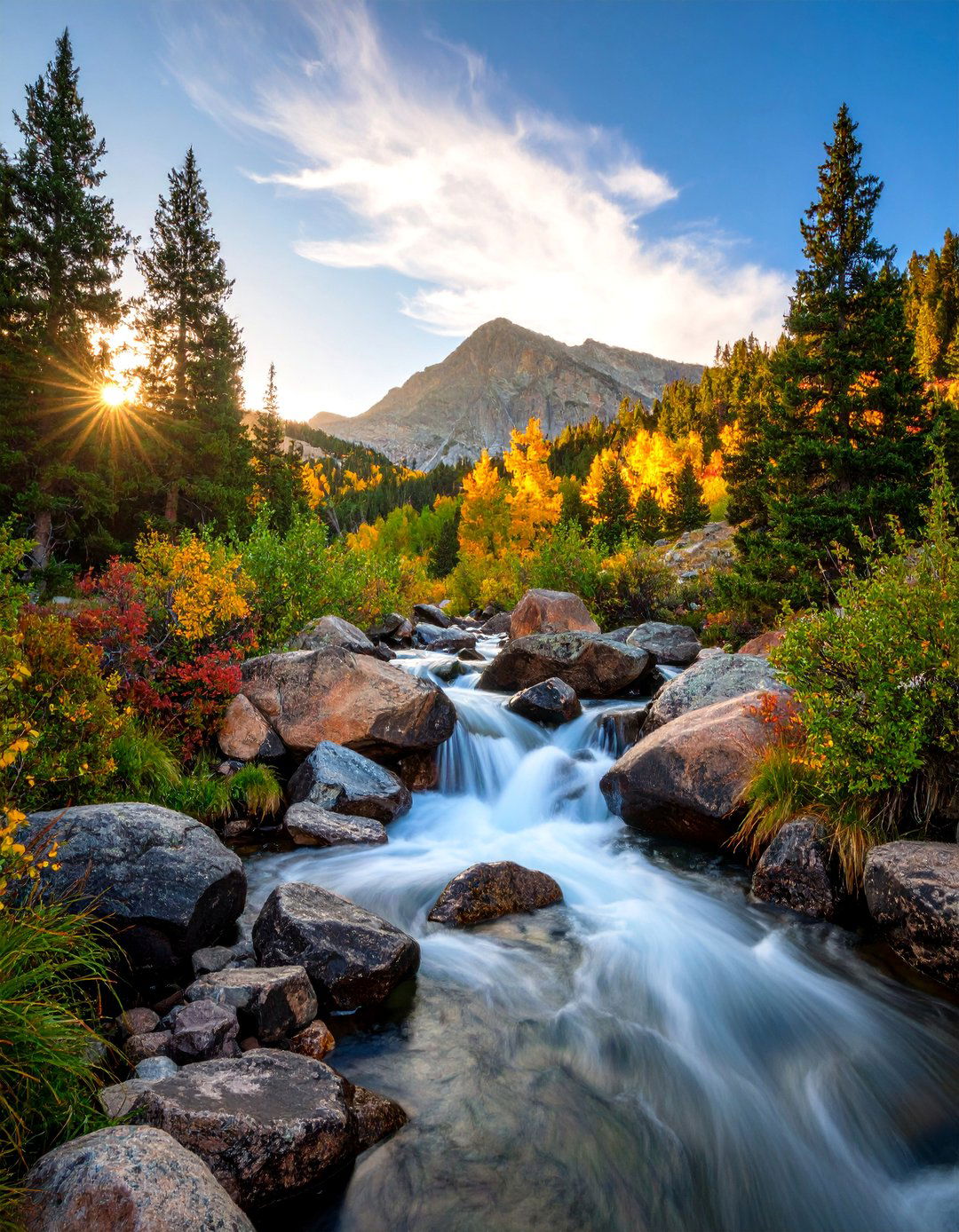

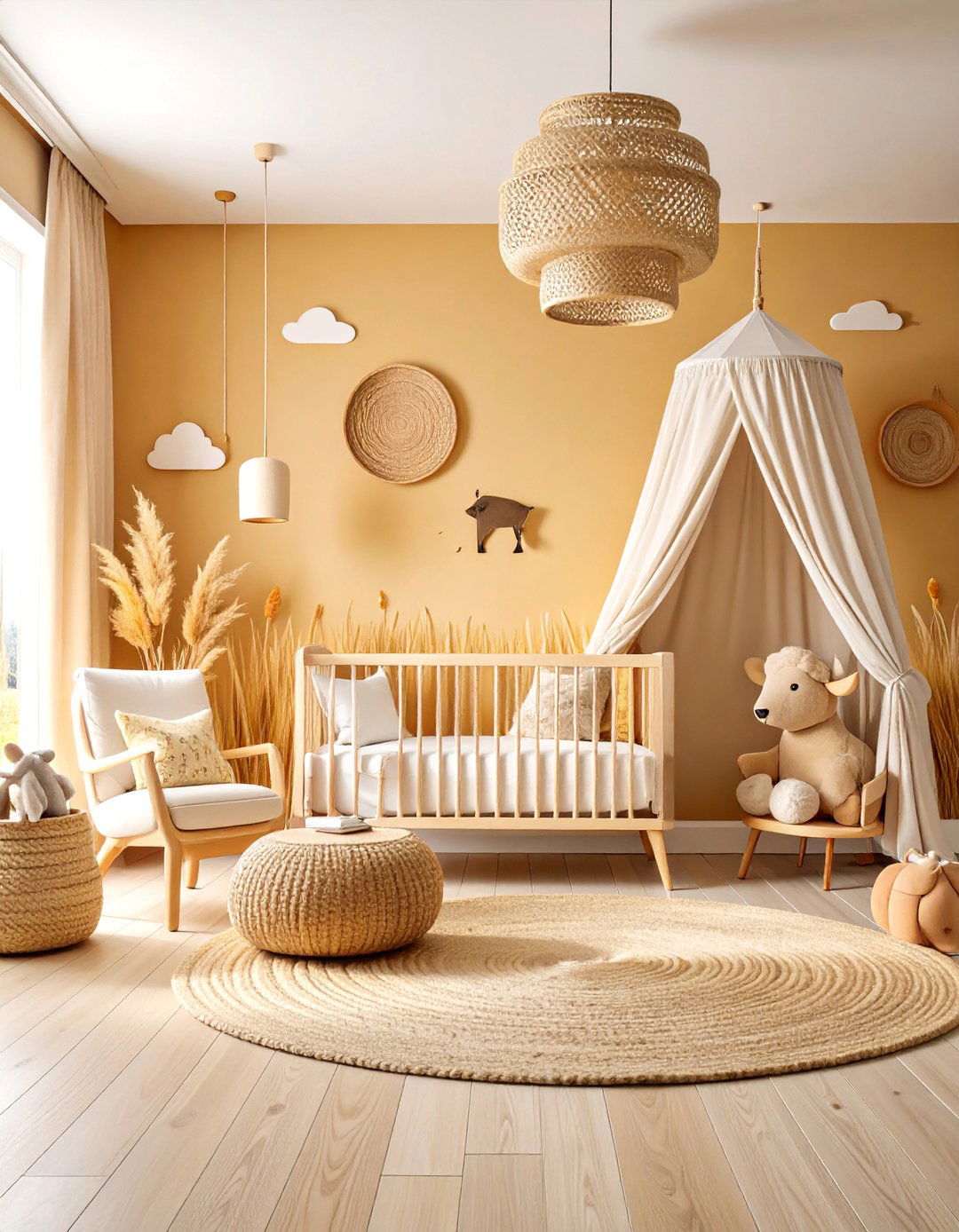

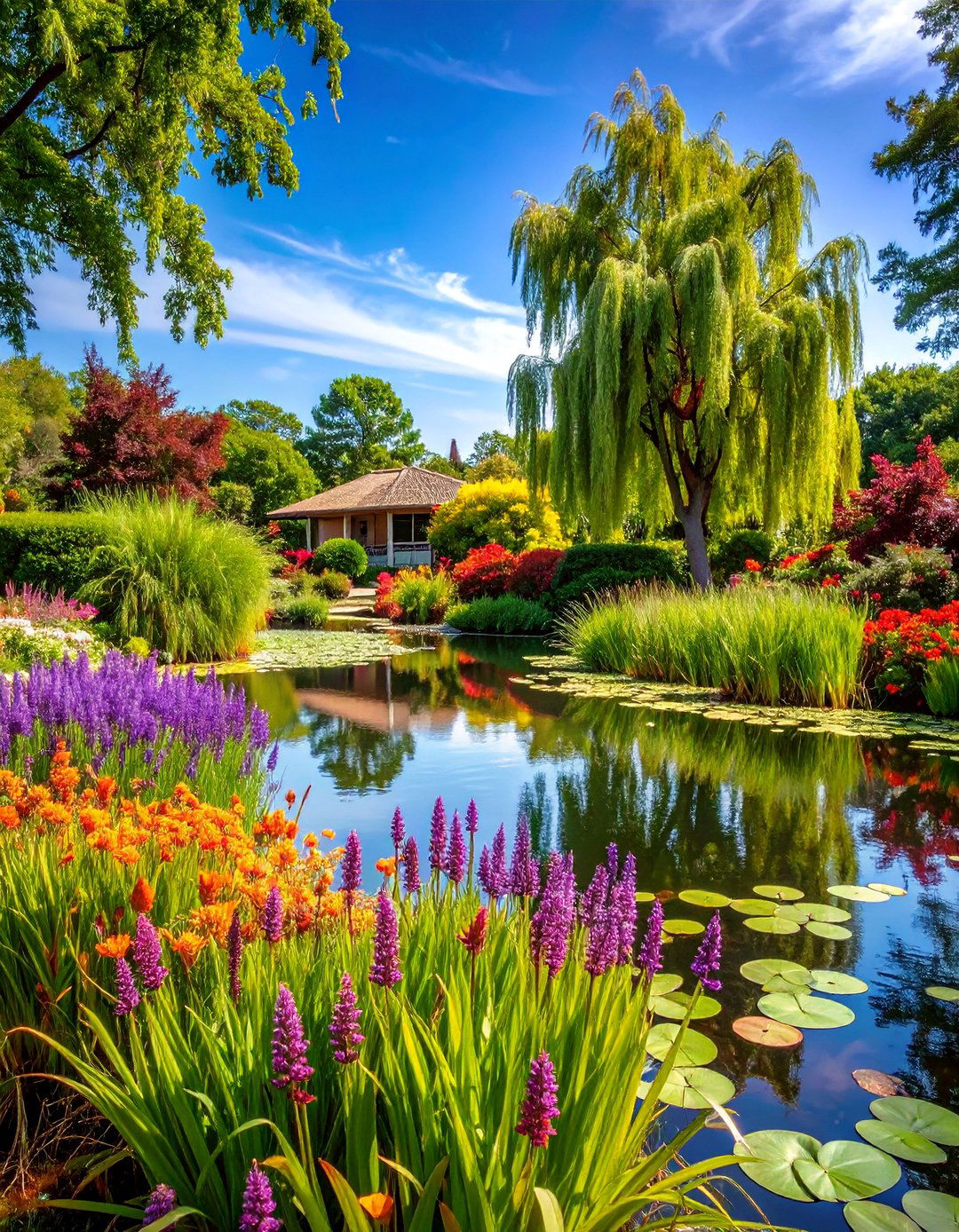
Leave a Reply